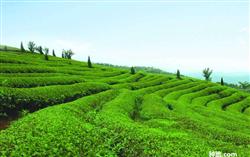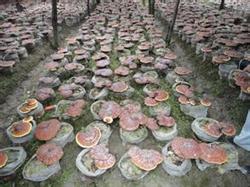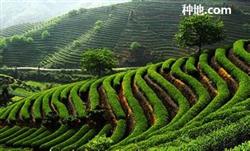What kind of pesticides are used in the process of growing tea?

What kind of pesticides are used in the process of growing tea? Please guide the vast production areas and wide variety of tea in our country, which is not only an important consumer goods for the Chinese people, but also a major agricultural product for export to earn foreign exchange. At present, the tea market, especially the tea export, has high requirements for the quality and safety of tea. At present, "pollution-free production" has been implemented in China's tea production; vigorously popularizing and popularizing the comprehensive management technology of diseases and insect pests has greatly reduced the application of chemical pesticides in tea production; the use of some stable and internal inhaling pesticides (such as BHC, etc.) is prohibited in tea production. Promote the use of pesticides, plant pesticides and microbial pesticides with low toxicity, high efficiency, low residue, low water solubility and easy degradation, and establish a safe interval system for pesticides in tea production. Biological pesticides, including microbial pesticides and botanical pesticides, do not cause pollution to tea and the environment, have low toxicity to people and animals, and do not constitute residual toxicity, so they are suitable pesticides for the production of green food tea. In the current production of grade A green food tea, especially organic tea and AA grade green food tea, the use of the following biological pesticides is worth popularizing. Rotenone. Also known as ivy essence, is a botanical insecticide with a long history of application. Easy to decompose in the air, low residual poison, environmentally friendly. It has contact killing and stomach toxicity to insect pests. It has a wide insecticidal spectrum and a short effective period, generally 5-6 days, and only 2-3 days in summer sunlight. It can be used in the production of A-grade green tea to control tea geometrid, tea caterpillar, tea silkworm, leaf roll moth, coir moth, diamondback moth, small green leafhopper, black whitefly, tea aphid, with 2.5% rotenone EC150~250mL per 667m2, diluted with water into 300 and 500 times liquid spray. This pesticide can not be mixed with alkaline pesticide. Rotenone is highly toxic to fish and should be used to prevent pollution of fish ponds. Matrine. Oxymatrine, also known as oxymatrine, is an alkaloid preparation extracted from the root and fruit of Sophora flavescens with ethanol and other organic solvents. It is easy to degrade in the environment, and there is basically no residue. For the control of tea black moth and tea caterpillar, in the 1st and 2nd instar larvae, or during the peak incubation period of eggs, 0.2% matrine AS50~75mL was used per 667m2, 50ml of water was added, and diluted into 1000 / 1500x liquid spray. It can be used to control tea inchworm in organic tea garden, killing EC with 3.2% per 667m2 before the 3rd instar larvae. Click to get more tea planting techniques click to get more flower planting techniques
- Prev

Introduction to planting techniques of Ganoderma lucidum
In recent years, bag-planted Ganoderma lucidum has been widely promoted. The author summarizes the production practice of Ganoderma lucidum for many years, and introduces several key points of production technology as follows: 1. Select the suitable cultivation period: in Taizhou City, Jiangsu Province, the most suitable cultivation period is from April 10 to May 10, and after May 20, Ganoderma lucidum comes out one after another. 6 murmurs every year.
- Next

How to fertilize tea in autumn?
How to fertilize tea in autumn? Please guide the tea garden now is a good time to fertilize, based on your own experience to briefly introduce the tea garden autumn fertilization problem. In production, many farmers are used to fertilizing tea in spring, do not pay much attention to autumn fertilization, and like to apply urea, ignoring phosphorus and potassium fertilizer and medium.
Related
- Fuxing push coffee new agricultural production and marketing class: lack of small-scale processing plants
- Jujube rice field leisure farm deep ploughing Yilan for five years to create a space for organic food and play
- Nongyu Farm-A trial of organic papaya for brave women with advanced technology
- Four points for attention in the prevention and control of diseases and insect pests of edible fungi
- How to add nutrient solution to Edible Fungi
- Is there any good way to control edible fungus mites?
- Open Inoculation Technology of Edible Fungi
- Is there any clever way to use fertilizer for edible fungus in winter?
- What agents are used to kill the pathogens of edible fungi in the mushroom shed?
- Rapid drying of Edible Fungi

